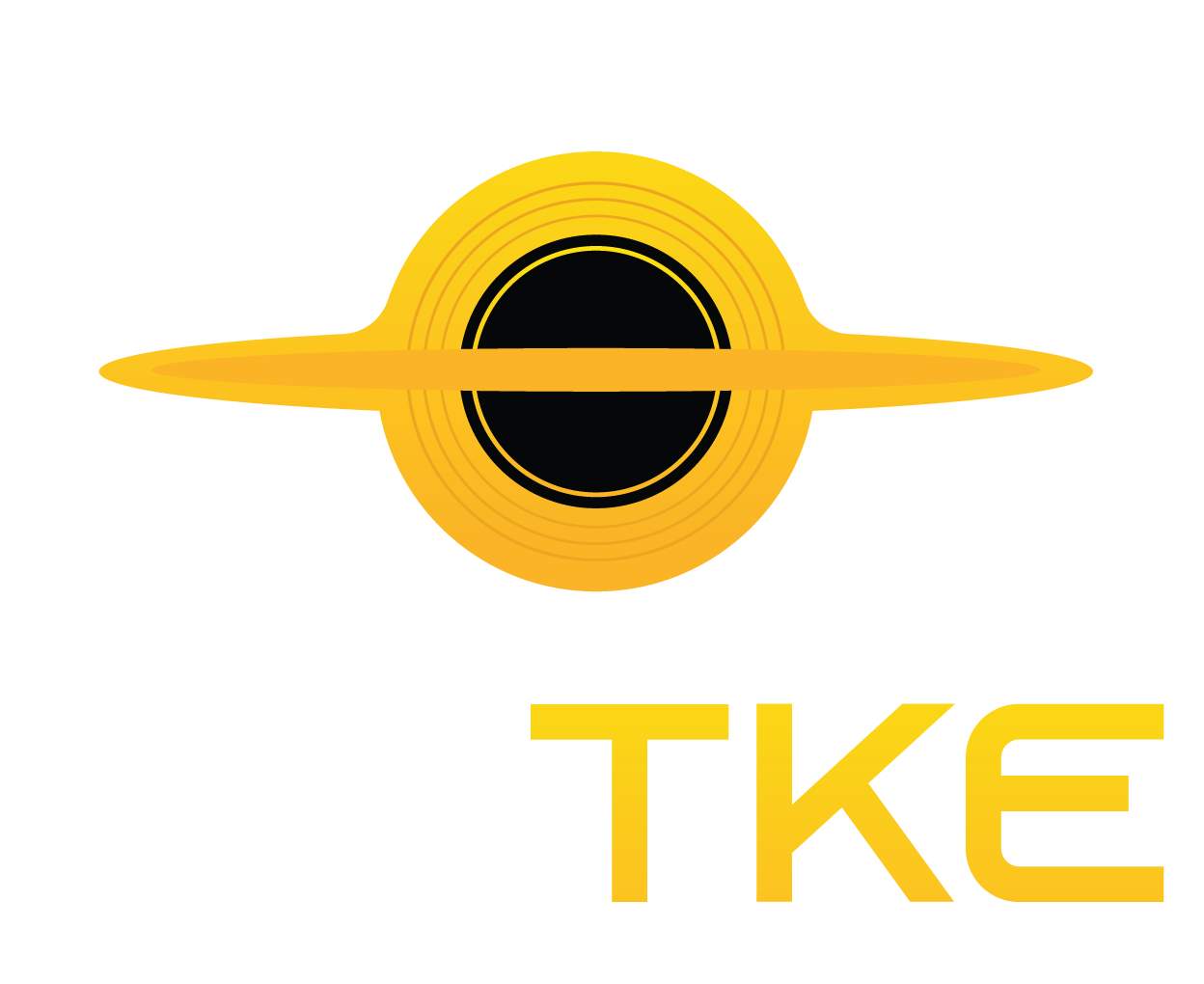New Virus-Trapping Gum Could Help Neutralize Herpes Infections

A new type of chewing gum has shown the potential to “trap” and neutralize certain influenza and herpes viruses, based on recent studies conducted by scientists from the US and Finland.
Herpes simplex viruses 1 and 2 (HSV-1 and HSV-2), which are responsible for causing oral herpes, are among the most widespread infections globally. Despite their prevalence, there are few preventive options available to halt their transmission.
A Potential Solution for Herpes and Influenza
Researchers are optimistic that this new antiviral gum could help bridge that gap, especially as herpes vaccine development has stalled due to insufficient funding. Moreover, even if a vaccine is eventually developed, breakthrough infections are still possible, and this gum may help prevent such infections from spreading.
For example, current influenza vaccines don’t prevent the transmission of breakthrough infections. In this case, the gum could prove beneficial for managing viruses that spread orally.
This clinical-grade gum is made from lablab bean powder, derived from the seeds of Lablab purpureus, which naturally contains a viral trap protein known as FRIL.
In lab tests using a mechanical mouth, chewing the gum soaked in liquid for 15 minutes released over 50 percent of the FRIL proteins. Researchers then tested how the saliva produced by this chewing could neutralize viruses.
The results were promising: depending on the initial amount of FRIL protein, the simulated saliva neutralized over 95 percent of H1N1 and H3N2 influenza viruses. It also neutralized up to 75 percent of HSV-1 and up to 94 percent of HSV-2, the two most common herpes viruses.
How Neutralization Helps Prevent Virus Sprea
Neutralization means the virus becomes less capable of infecting cells and replicating, which could lead to a reduced viral load and a lower risk of transmission.
These results are promising for further evaluating the use of bean gum in human clinical trials to reduce virus infections and transmission, said Henry Daniell, biochemist at the University of Pennsylvania, and lead author of the study.

This research builds on earlier studies, including those showing that chewing gum with antiviral properties could eliminate more than 95 percent of the SARS-CoV-2 virus from mouth swabs, thus reducing COVID-19 transmission through oral contact.
Clinical trials for that “anti-COVID” gum are already underway, and researchers are now investigating whether this gum can effectively neutralize other viruses as well.
The Discovery of FRIL Proteins
Previous studies, such as one from 2020, showed that FRIL proteins in lablab beans significantly reduced the levels of H5N1 and H7N9 influenza viruses, which can infect both humans and birds.
Controlling virus transmission remains a major global challenge, Daniell said. “The discovery of a broad-spectrum antiviral protein (FRIL) in a natural food product, such as bean powder, offers a timely solution for preventing the infection and spread of both human and avian flu.”
The gum approach appears most effective for reducing viral loads in saliva and the throat, which are primary sites for oral transmission of viruses.
The US FDA generally deems lablab bean powder safe and non-toxic at low levels for human use. Whether this antiviral gum proves effective in clinical trials, however, remains to be seen.
Read the original article on: Science Alert
Read more: Hope for HIV Cure Grows After Man Declared Virus-Free










